Story Movie
![A Fistful of Dollars 4K 1964 Ultra HD 2160p]()
In a small town, there is a war between two powerful families who have absolutely no interest in the law. Clint Eastwood's character is a man with no name, who can shoot without missing...
Review 4K Movie
A tough guy comes to an abandoned town shared by two rival gangs. The main character is hired by one gang and the other, with the only goal being to get rich quicker. Toward the end, something human awakens in him, and he saves a woman and her son. He is caught and beaten to death, but manages to escape to finally rid the town of the bad guys in a great final action scene. The action takes place in Japan, where the characters aren't shy about exposing their swords. Or not, wait. The action takes place in the Wild West, where the characters aren't shy about solving their problems with revolvers...
No wonder it's confusing. Akira Kurosawa's "The Bodyguard" and Sergio Leone's "For a Fistful of Dollars" are so closely related that when talking about one, it's impossible not to mention the other. It's silly to argue that both films have made history. It's impossible to answer the question - which one is better? Just like it's impossible to say: who's cooler, Sanjuro or the Man With No Name?
They are both cool, smart and silent. They have achieved perfection in the use of their favorite weapons. They have a very dry and black sense of humor. They are excellent situationalists and know how to manipulate people. After a near-death experience, subjected to the worst beatings, they continue to fight even when they can't stand on their feet. They cleanse the city of bad guys not out of good intentions, but for their own mercantile interests.
Kurosawa and Leone offered a completely different perspective on the long-familiar characters. In "The Bodyguard," the ronin was far from noble, he did not care who he worked for, and above all he did not value his honor, but money. In addition, critics immediately drew many analogies between Sanjuro and the post-World War II Japanese generation. Leone makes a mockery of the native American genre altogether. Leone's hero has absolutely nothing sacred, he is incredibly far from John Ford characters and he has no positive qualities (it went so far as to have an extra scene filmed for the first telecast in which the protagonist is assigned to deal with two gangs).
The difference between The Man With No Name and Sanjuro is captured through the little things Leone brought to his film, or the inclusions of small changes in familiar scenes. After Sanjuro kills several people at the beginning of the film, he throws to the undertaker: "Make two coffins," then turns around, looks at the guy whose arm he cut off, and adds: "No, better make three." He's sure the guy will bleed out and die. In the same scene, the Man with No Name, before he even gets close to the bad guys, says to the undertaker: "Prepare three coffins." He already knows that he will kill three. After killing four, as he walks past the undertaker, Clint Eastwood's character stops and calmly says: "Wrong. Four coffins." How mundane that phrase seems. It's the same as buying ice cream and saying, "Two popsicles. No, three." If that's not a measure of coolness, then what is?
In Kurosawa, the hero is no less cool. In one scene, he says to one of the guys, "Run and get help. Six people are dead." Then he goes and kills that six. He's also confident in his powers. When the whole gang comes to see the pogrom, Sanjuro declares: "It took 15 or 16 men to kill them." Thus, according to Sanjuro, it would take an average of 15.5 men to deal with him. If that's not a measure of awesomeness, then what is?
The main characters also vary in their on-screen behavior. If Sanjuro is a man who attracts attention, exudes universal confidence in his powers and instills fear in his opponents every minute, then the Man with No Name is more slippery: for the time being he stands aside, walks slowly and stealthily through town, utters strange monologues (his story about the mule is worth mentioning!), after which he "explodes" and discharges revolvers at his opponents. Many have noticed that Sanjuro constantly jerks his shoulders, as if unwittingly warming up before a fight (although if the extras on the DVD are to be believed, he does so because he's infested with body lice), and the Man With No Name constantly squints (which is explained by the huge lamps that shone directly into Clint's eyes in many scenes). Simple gestures, but they give extra charm to the characters, and which each viewer is free to interpret in his own way.
In The Bodyguard, the protagonist was constantly moving from one employer to another, and the camera also floated behind him, which was a novelty in Japanese cinema at the time. In creating the remake, Leone filled the film with a huge number of close-ups of the bad guys' angry faces. However, they were not reactions to any action, as was common in the cinema of those years, but lived on their own, being part of the scenery of this or that scene. In "The Bodyguard" Kurosawa broke a lot of rules of samurai cinema, and Leone was not afraid to change one of the main features of westerns - accuracy of the protagonist, who could afford to shoot five times and kill only four people (an excessive luxury for the genre); and also to abandon the immutable rule of all shootings - the shot and the victim can never be shown in one shot (Leone in the first shoot-out camera looks behind a gun protagonist, perfectly showing the result of his actions).
With "Bodyguard" and "For a Fistful of Dollars," history has come full circle. The first film is seen as one of the landmark films in Japanese cinema. The irony is that the director sought inspiration in Hollywood westerns such as "Exactly at Noon" and "Shane" and American crime fiction (Dashiell Hammett's book "The Bloody Harvest" is the basis of the film). Leone is rightly considered the man who rediscovered the cowboy genre. The irony is that Leone's films depict the Wild West and its inhabitants cartoonishly, and have nothing to do with the real state of affairs.
Both films went down in history largely because of their unconventional approach to the genre as well as the image of the main character. It is impossible to determine which one is better or worse, but one thing is certain: after all these years you watch and rewatch them with great pleasure.
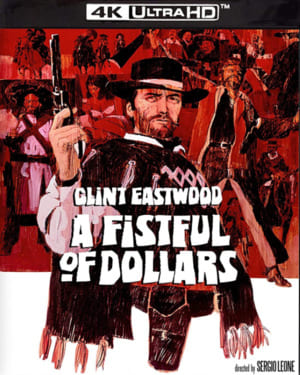


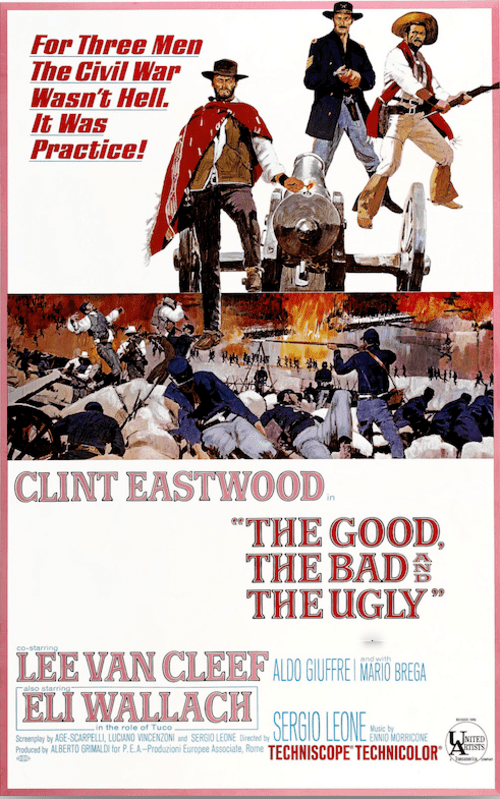 [/full-link]
[/full-link]
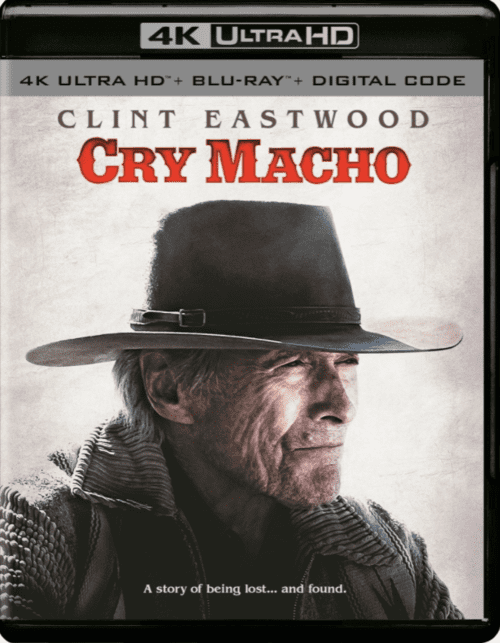 [/full-link]
[/full-link]
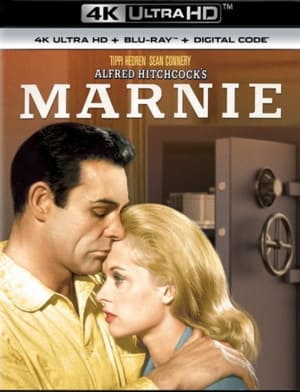 [/full-link]
[/full-link]
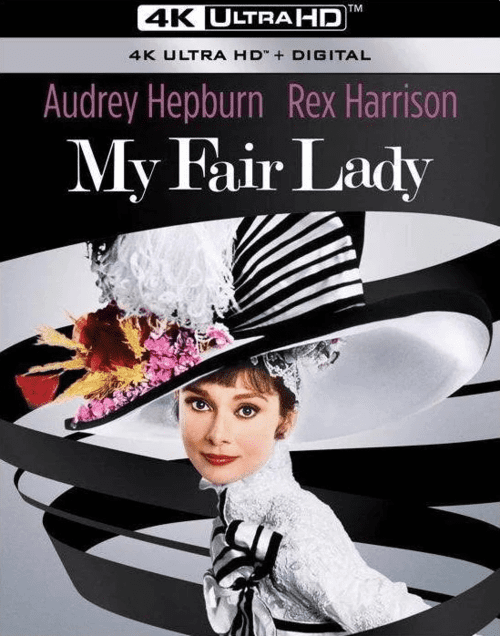 [/full-link]
[/full-link]
